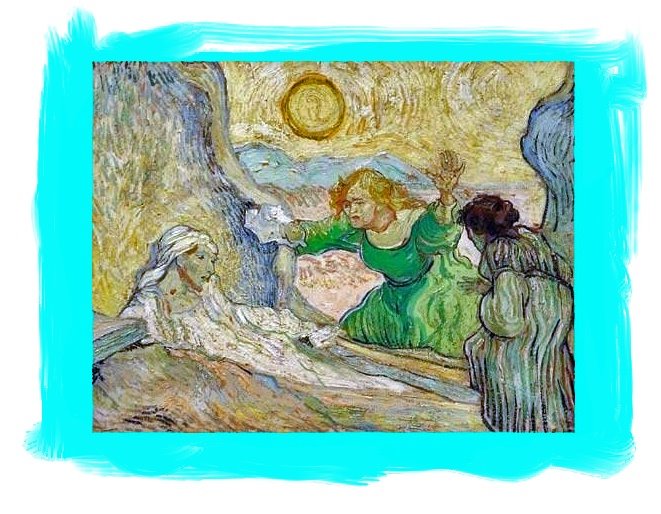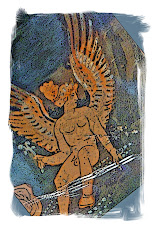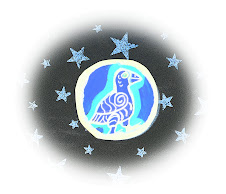Ghost Theory Expounded Here
What is a ghost? The answer probably depends on whom you’re talking to. The New Oxford American Dictionary defines a ghost as “an apparition of a dead person that is believed to appear or become manifest to the living, typically as a nebulous image.” The dictionary goes on to explain that it is common for ghosts to appear to the living even though they are not really part of this world. Haunting seems to be crucial to their existence for they either spook a person or a locality, but often both at the same time. Ironically much of what we know about the nature of ghosts comes to us from theologians or treatises seeking to dispel widespread belief in them. One of the earliest harangues against ghosts can be found in Deuteronomy 18: 10 – 11, cf. 13: “No one shall be found among you who makes a son or a daughter pass through fire, or who practices divination, or is a soothsayer, or an augur or a sorcerer, or one who casts spells, or who consults ghosts or spirits, or who seeks oracles from the dead.” Despite these assaults on popular tradition, belief in ghosts has flourished and these spirits often appear in fairy tales wandering the earth or even possessing a living person (on this website see Gratzug, Crossing to Remagen, True Eckart and Frau Holle, Ghost as Married Woman, Ghost of Boyne Castle).
Unwittingly, perhaps, the Catholic Church promoted belief in ghosts in their doctrine of purgatory, which provides a middle place for souls transitioning between life and death and thus a physical place for ghosts to reside. It was Augustine who finally endeavored to bring the teachings of the church into sharper focus and overturn popular superstition. He did not deny the existence of ghosts but did argue instead that their appearance and activity were due to demonic forces acting in the world. This rationale was continued in the 18th century when the German theologian Johan Ernst Schubert outlined his Ghost Theory in two treatises: The Appearance of Souls after Death and The Location of Souls after Death. Here Schubert explores the various notions of what happens to us at death and the nature of ghosts in general. Yale University has several items in its rare books collection written by Johann Ernst Schubert, but I am not aware of any library in America that holds this particular work. I am therefore posting excerpts of translations of Schubert’s text because they illuminate folk beliefs reflected in many of the fairy tales posted here.
What is the essence of a ghost? To Schubert this question is inextricably tied to the nature of our souls. He says “The soul is in and of itself an invisible essence. If we assume that the soul is located near the ashes (or decay) of its body, you still would not be able to see it or sense it. If it appeared, the soul would either have to re-construct the body, in which it formerly dwelled or build a body from other material to be able to appear to the eyes of the living. The one thing is just as impossible as the other….. "
Thus souls are not body-builders, but instead more like invisible clouds or transparent vapor. Schubert envisions them hovering close to their limp and decaying bodies, or, by extension inhabiting the cemetery.
So much for Schubert and his ghost theory. Vernacular literature offers a rich variety of ghosts that do not fit so neatly into his organized theology. The ghosts of fairy tales and legends haunt mountains, forests, lakes and even houses. They are not the dead stuff of Schubert's theology! In popular lore ghosts prefer the winter season and the time around All Soul’s Day (November 1) was believed to be the time it was easiest to breach the barrier between the living and dead. In cold and dark months they can often be seen running merrily through a courtyard, riding in a sled, playing music or dancing in the parlor. They love to wear colorful garb adorned with bells and seek human companionship. The Swedish Tomte is one such ghost. He has the stature of a child but the face of an aged man. Often appearing in a red cap, an offering of tobacco or a shovel-full of earth would appease such a house spirit. These ghosts, known as kobold, shellycoat, brownie or heinzelman love to play tricks on the mortals with whom they live. They love to laugh and perform mundane household chores for the family they haunt. But their persistent appearances are often perceived as an annoyance, their rituals a nuisance or even an embarrassment to the master of the house. Instead of receiving a small boon, house spirits are often rebuked with unkind words or jokes. This enrages the kobold and causes him to leave the family he has been associated with for centuries. When the ghost leaves, the family’s fortune collapses. In German folk traditions these spirits are often named Huetchen, Hopfenhuetel, Eisenhuetel, Heinz, Butz or Butzenhaensel. These ghosts like to live in the stable, cellar, silo or even a favorite tree. Often they have their own room in the house under the eaves and a soft indentation can be seen on the pillow or chair where they sleep. Or they may even sleep in the same bed as the humans, with whom they live. On Thursday these spirits will not tolerate any wood-cutting or spinning. They love to play the harp, talk to everyone in the household and reveal secrets. Because of this familiar relationship, they are often referred to as uncle or father-in-law. But there is also a more sinister form of these spirits, who are then referred to as poltergeist or rumpelgeist.Here are the various names of house ghosts or spirits in saga and fairy tales:Aitvaras (Lithuanian house ghost, his manifestations include black rooster, black cat or flying snake. A devil or evil spirit, who demands the soul of the person he haunts and then richly rewards him (Faust))Bukura e dheut (Albanian fairy. Helpful and very powerful. Only a god or angel is capable of performing the same functions. Her castle is guarded by magical animals. Sometimes she has a demonic connection. She is protected by a three-headed dog.)Brownie (Scotland and Northern England: a house ghost. Similar to a Heinzelmannchen in Central Europe. In Cornwall, Brownies are responsible for guarding bees.)Domovoj (Russian, ghosts incarnating from dead souls, they protect the family and its cattle <> meaning <>.Druden (Truden, Old Norse trotha meaning “treten or “stossen”) (A female demon appearing especially in Southern Germany and Austria who disturbs sleep or performs evil magic. The word “Trute” is middle-high German for “ghost” and is synomynos with “witch”. The pentagram or “Drudenfuss” was a protection against evil spirits (Goethe’s Faust).Elves (Old English Aelfen. There were 3 types: Mountain Elves, Water Elves or Forest Elves. The English tradition characterizes them as lovely female spirits and they appear in German literature in this form in the 17th century. They love music and dance. Herder and Goethe refer to their king as “Erlkoenig”Haltia (Finnish “protector”, ghostly protectors of a house, mill or hearth/fire. The person who first establishes or builds a house or who first made fire in the house can become this house spirit.Heinzelmaennchen (Germany, Central Europe, helpful house spirits of gnome-like stature with red or green clothing and usually with red hair. They are indefatigable helpers of house occupants and provide good advice. Mean spirited comments or curiosity drive them away. Also called Heinzlein (short form for Heinrich) and a euphemism for a demon or devilish spirit.Juma (Finno-Ugric, Finnish for ghosts of the earth, water, wind and house.)Kobold (Central European, beneficient house spirit. Name means chamber, house (English: cove) and old (walten/ruling), the spirit ruling the house. Also appear as mountain spirits, who rob silver and return valueless cobalt. They work as invisible spirits toward the good of the house.)Majas gars (Latvian house ghost. Even in the 19th century Latvian farmers hoped to achieve the beneficence of such spirits through prayer and offering, thus assuring the fortune of the house and its inhabitants.Para (Finnish folk tradition, a house ghost that often appears in the shape of snake, frog or cat; responsible for multiplying a household’s fortunes in the form of grain, milk, butter and also money.Pukis (Lithuanian dragon helping function as house guide and treasure-bringing dragon.Shellycoat (Scottish kobold, loves bells on clothing, likes to play tricks and laugh, acts as true servant but presence perceived as annoyance)
Teraphim (Hebrew for house idol, bestowing charity and riches to a family, assumes a position of honor and leadership within the family, assures family’s inheritance and also serves oracular purposes. Book of Judges.
FairyTaleChannel.com
Teraphim (Hebrew for house idol, bestowing charity and riches to a family, assumes a position of honor and leadership within the family, assures family’s inheritance and also serves oracular purposes. Book of Judges.
FairyTaleChannel.com
.jpg)
.jpg)
